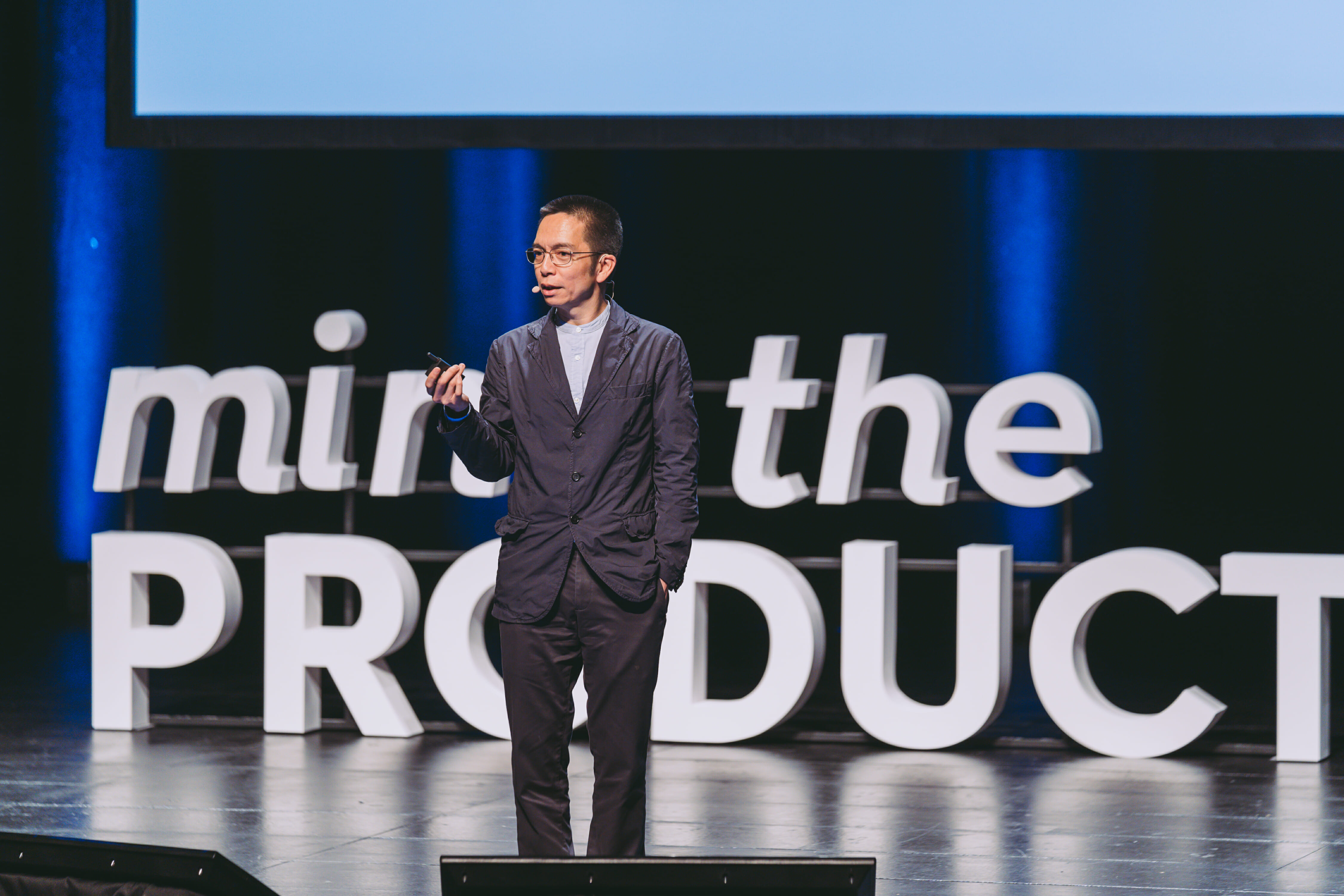Posts about jobs and job hunting figure high up on our popular reads this month, as well as factors to ensure both team and personal success.
In this post, Delivery Coach Lead Petra Ivanigova shares a 100-day journey to master being a product owner and lead the team to launch successful spacecraft-like missions with strategic vision.
Days 1 through 10 are about getting started and meeting the team. You build your roadmap on days 11 through 20, plan in detail on days 21 through 30, and deliver your first release on days 31 through 50. You work on scaling your impact on days 51 through 100. Petra says that “as a product owner, you’re not just building a product, you’re shaping an experience”.
Your first 100 days as a product owner
Ben O’Donnell spent six months looking for work after he was made redundant last year and shares his experiences of trying to secure his next product job. This is what he wished he’d known at the outset.
Never rely on just your CV - he recommends always writing a cover letter and messaging hiring managers directly.
Never expect the process to be quick - make sure you’re financially and emotionally able to wait.
Never go in unprepared - Ben used Diego Granados’ frameworks to help him deliver concise answers.
Never search alone - He recommends Never Search Alone, a book by Phyl Terry, detailing a Marty Cagan-approved approach to finding a job as a collective. You are matched with a group of other seekers to help you find the right roles, prepare for interviews, and negotiate an offer.
Never burn a bridge - Ben says: “Be gracious when rejected. Be persistent without being rude. You have no idea what’s going on in their world. Always leave the door open to future opportunities.”
Never lose hope - After six months Ben landed a role “at a great company with a great product culture”. He says: “There’s no way I would have got the job if we’d met at the beginning of my search. Securing it was the result of everything I’d learned along the way.”
Lessons learned from a 6 month journey to land my product job
Andy Hughes, a product and organisational agility consultant, shares a guide to what's necessary for product managers to succeed and or organisations to create better products.
He identifies five fundamental themes - people, processes, tools and technology, initiatives, projects and portfolios, and environment - and a number of key diagnostic questions to be asked for each theme. He says: “For digital product managers to lead successfully and deliver value-generating products, they must operate within a responsive, supportive, and strategically aligned organisation. Organisations, in turn, must recognise that investing in their structures, processes, and culture is not ancillary but essential to their overall growth and sustainability in an ever-evolving digital landscape.”
How to enable product managers to be successful
In this article, Hermann Antonov, Head of Product at CSI, shares his approach to creating an effective test case for hiring junior product managers, offering insights on the desired candidate qualities, search outcomes, and feedback from candidates.
He goes through the principles that guided him in preparing the test task: it should provoke the candidate to show the qualities you’re looking for, it should simulate the real-world tasks the candidate will have to work within a team, you need to provide all the necessary information to solve the test problem, the test is based on real problems solved by the team in the past, candidates should have sufficient time to complete it. He then runs through the two tasks set by CSI and relates how candidates fared in the tasks and the job offer made.
Personal experience: test task to search for a junior product manager vacancy
In this post, Tracey Thompson, Director of Design at Lab Zero Innovations, outlines strategies for addressing gaps in discovery, looking at common discovery gaps and the strategic interventions to set the team up for success.
Tracey uses a two-by-two grid to understand when a gap requires action and what action to take. The Y-axis is how well we understand the opportunity and the X axis is the risk level and the change's reversibility level. She runs through some scenarios of when to take action and what action to take. For example, when the opportunity isn’t well understood and the risk of failure is high she says you should validate the opportunity during testing, test assumptions thoroughly to mitigate risk, set expectations for additional iteration and testing and define metrics for success.
Tracey says there will be times when you need to take a step back, because the opportunity falls outside the two-by-two grid and the team will be unable to align around a solution and unable to mitigate risks. She recommends proceeding with caution, and aligning around the outcome. She says: “From there, we must validate the opportunity with a real customer before continuing. We want to be sure we understand the customer's needs. We need evidence to inform our decisions. We may need to develop an alternative solution to test solutions against each other.”
Addressing your team’s discovery gaps to build valuable, viable solutions







Comments
Join the community
Sign up for free to share your thoughts